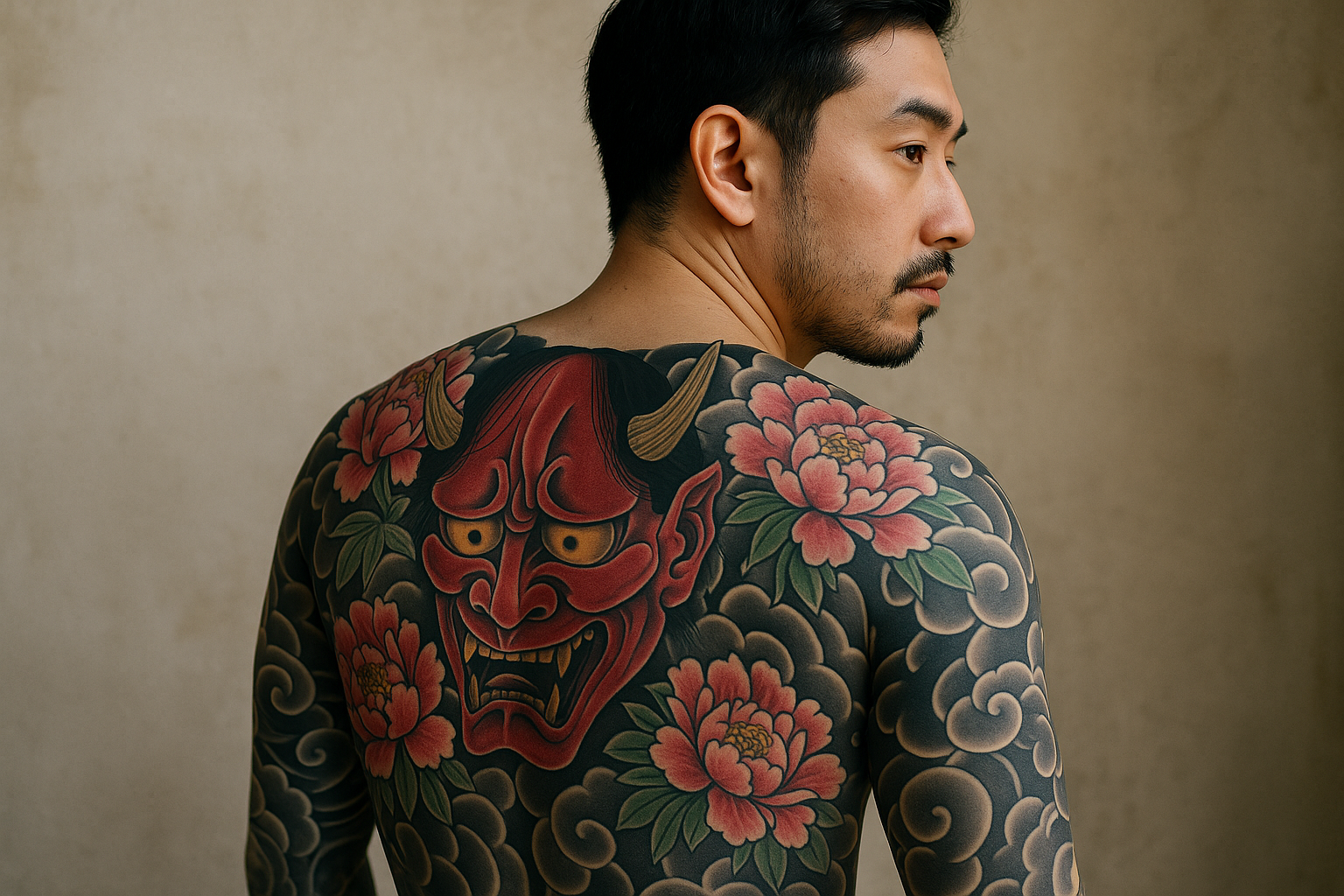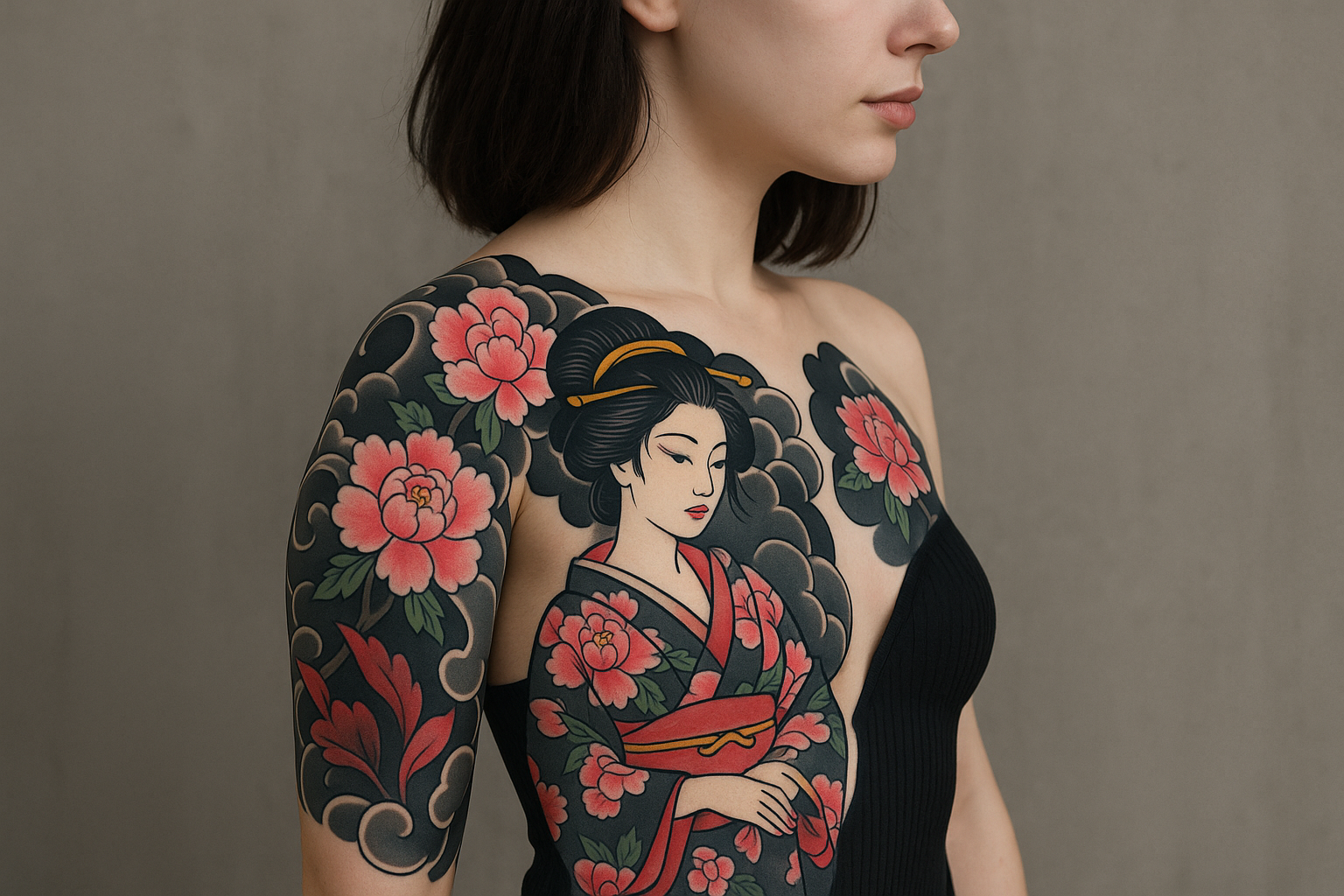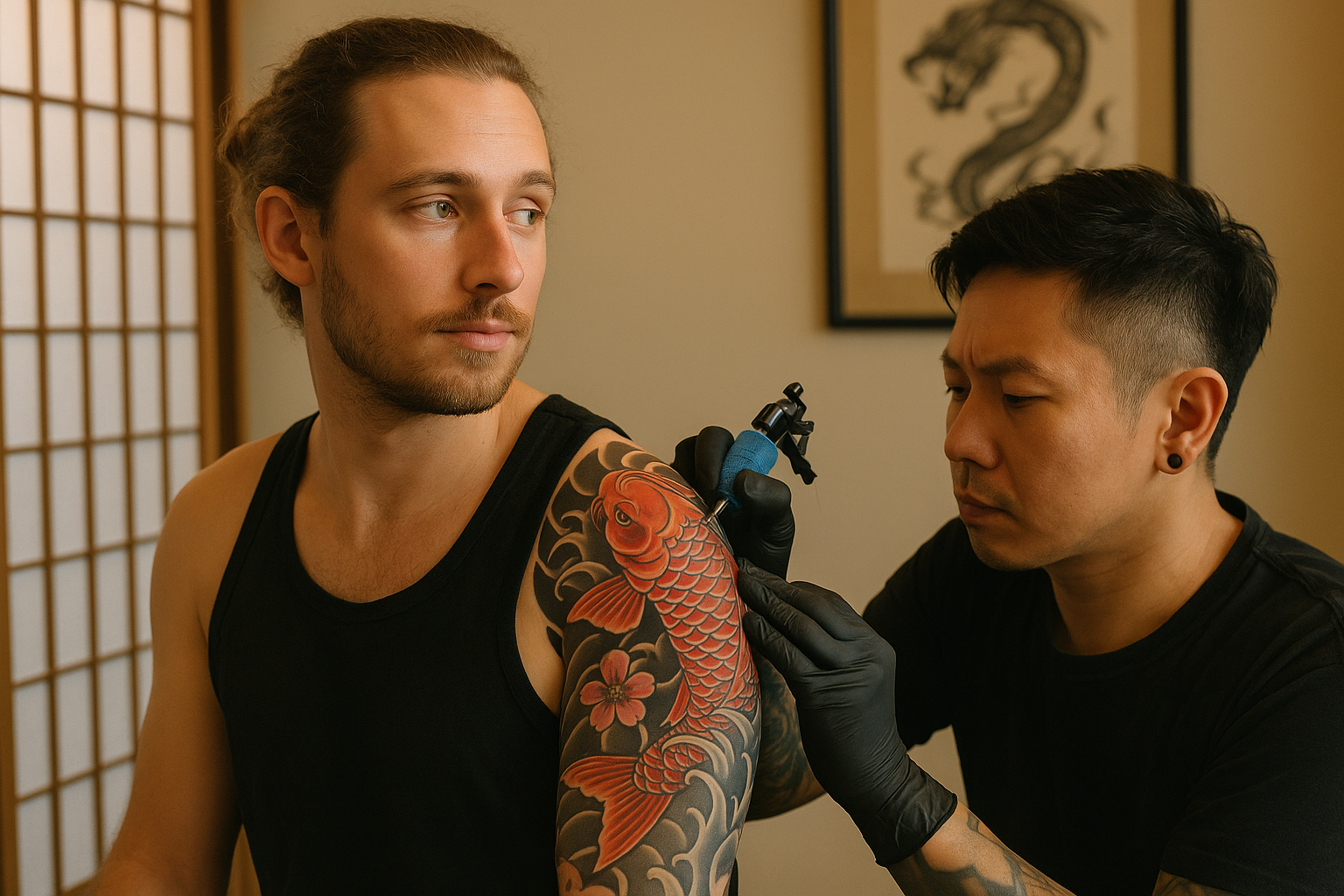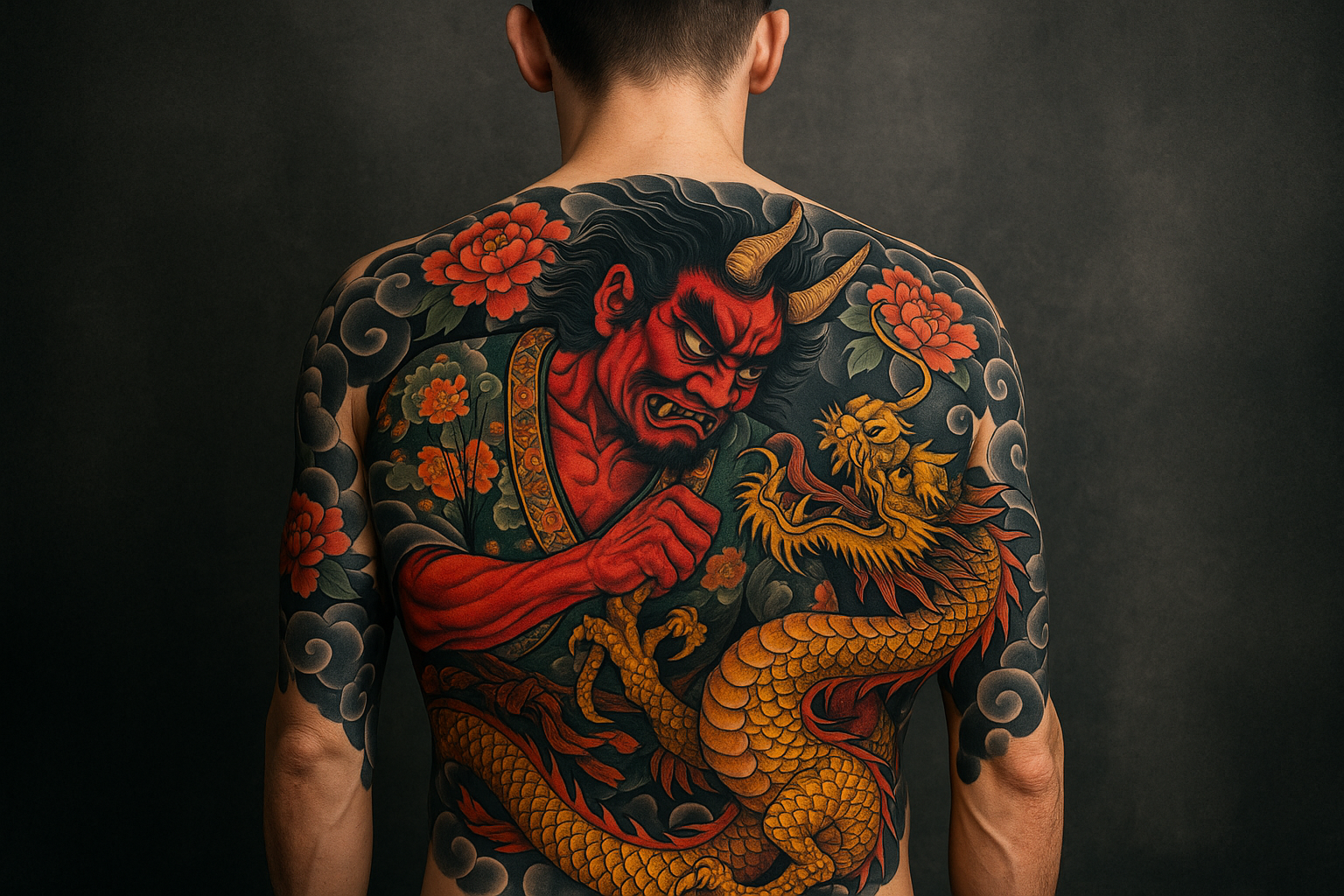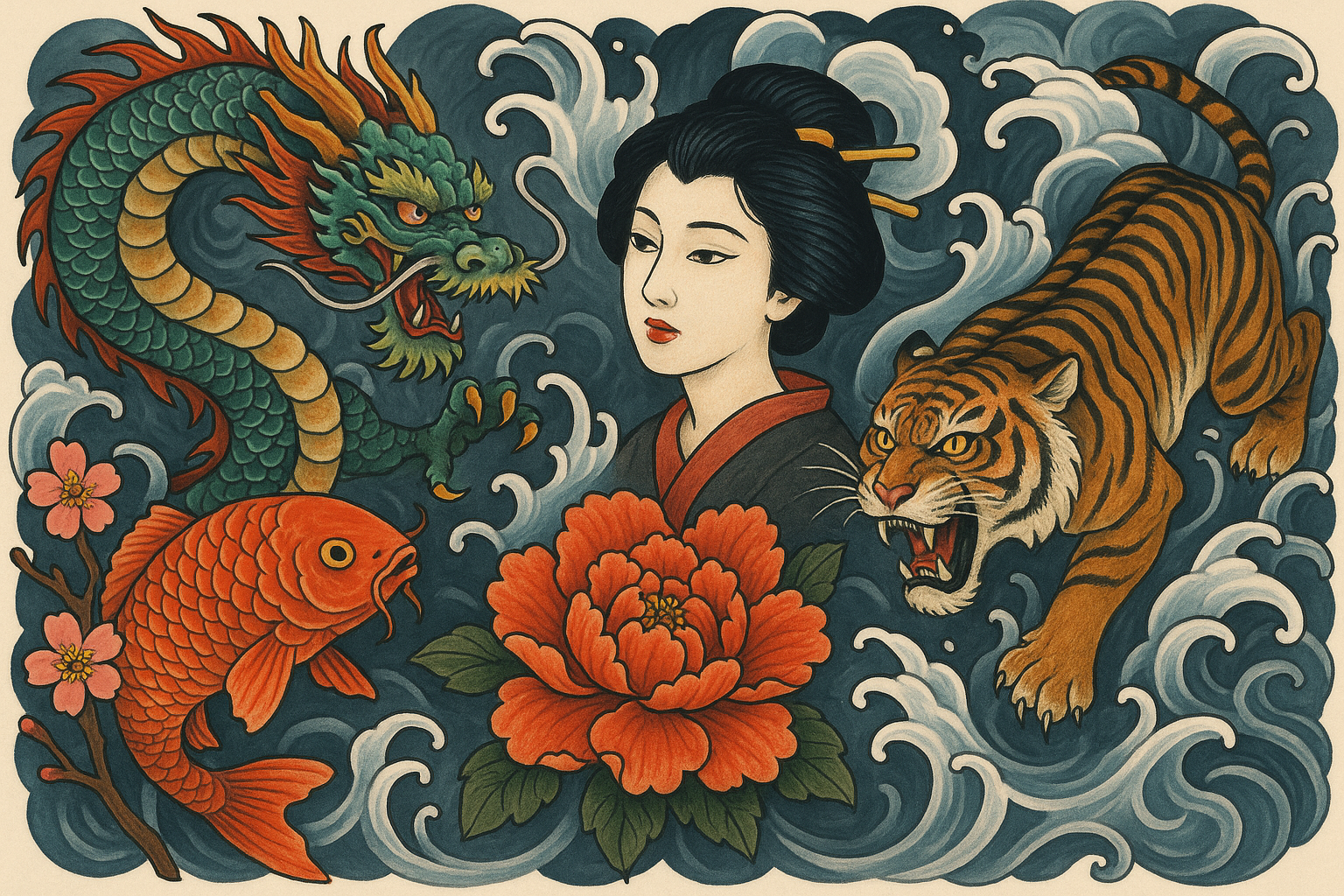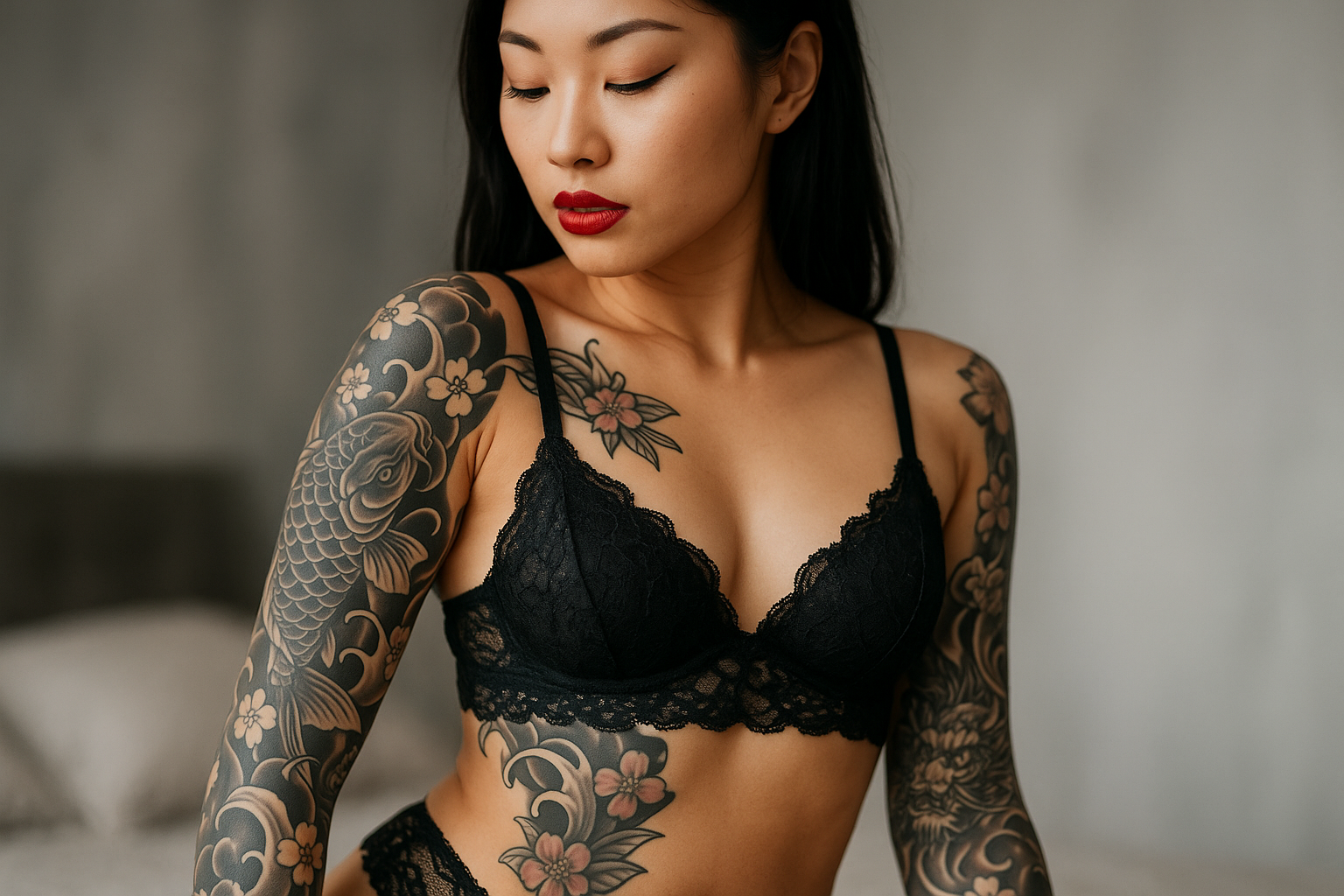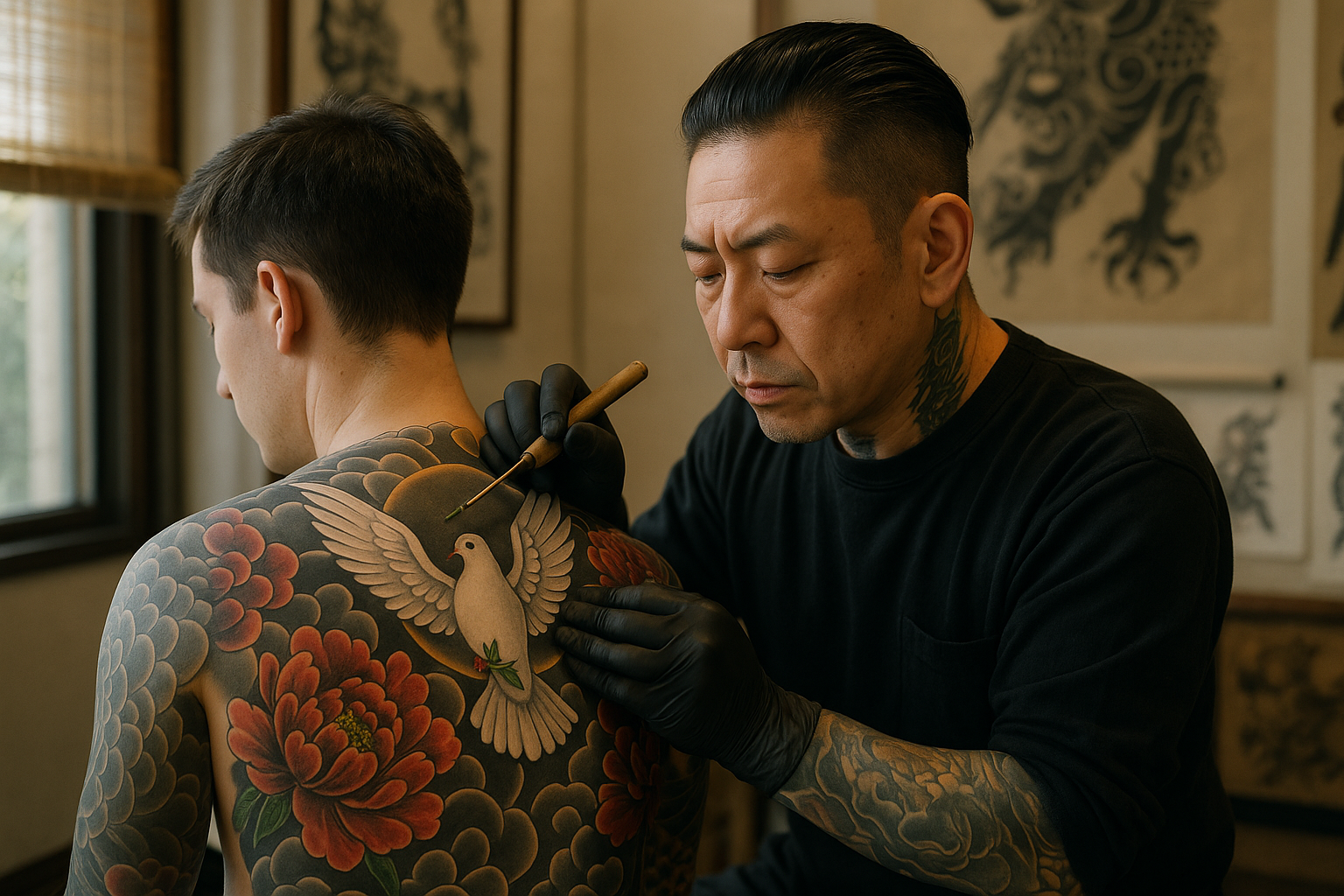Why Patience (Gaman) Is Essential in Japanese Tattooing — Lessons from Horifune Irezumi
There’s a word in Japanese that every tattoo client — and every serious artist — must come to know:
Gaman (我慢).
It’s not just about pain tolerance. It’s about endurance with dignity. The ability to bear hardship, quietly and with grace. In the world of Japanese tattooing, especially Tebori and Wabori, Gaman is not optional. It is the foundation.
And no one illustrates this better than Horifune Irezumi, whose reverence for patience, ritual, and silence has influenced both the process and philosophy of traditional Japanese tattooing across Europe and Japan.
🧘♀️ What Is Gaman — And Why Does It Matter in Tattooing?
In everyday Japanese culture, Gaman refers to enduring difficulty or pain without complaint. But in the tattoo world, it takes on spiritual dimensions.
When your body becomes a canvas for dragons, gods, or demons — patience becomes sacred. Unlike fast-paced Western shops where full sleeves are knocked out in a weekend, a real Wabori sleeve can take 40 to 100 hours — spread over months, sometimes years.
The pain is not just endured. It is honored.
🪷 Lesson 1: The Art Demands Time — or It Isn’t Art
Horifune Irezumi is known not just for stunning compositions, but for his insistence that tattooing is a dialogue between artist and body.
“If you rush, the tattoo fights back. The ink loses its depth. The story loses its soul.”
— Horifune
Each session is slow, precise, often silent. The artist isn’t just decorating skin — he’s navigating the client’s limits and expanding them.
The pain becomes part of the story — not an obstacle, but a rite of passage.
🎴 Lesson 2: The More Sacred the Image, the Deeper the Gaman
Certain motifs in Japanese tattooing are not casually worn. They require spiritual alignment and emotional readiness. When Horifune tattoos deities like Fudo Myoo (the immovable one) or masks like Hannya (jealousy and rage), the client is expected to carry those energies with discipline.
You don’t just wear the art. You live with it — and that begins with how you sit for it.
Tebori artists often observe how a client handles stillness, discomfort, and fatigue before agreeing to larger works. If you lack Gaman, you don’t get the full story.
💉 Lesson 3: Tebori Itself Teaches Patience — One Tap at a Time
Unlike machines that buzz and blitz, Tebori is hand-poked. The artist dips a rod of soldered needles into ink and presses rhythmically into your skin — hundreds of times per minute, manually.
This method:
- Takes longer per session
- Is more meditative and slow
- Requires the client to hold still without flinching, sometimes for hours
Gaman becomes your anchor — the only thing keeping your breath steady and your body still.
🌊 Lesson 4: Gaman Is Not Submission. It’s Strength Without Noise.
There’s a difference between surrendering and enduring. In Horifune’s studio, clients don’t cry out. They don’t brag either. They sit. They breathe. They endure.
This quiet strength is deeply respected in Japanese culture — especially among Yakuza, monks, and warriors who historically wore Irezumi as armor of pain and honor.
Gaman is not weakness. It’s power without spectacle.
🔥 Lesson 5: Without Gaman, the Design Falls Apart
Horifune once said that even the most beautiful sketch can die in the chair. Why?
Because if a client twitches, rushes the session, or asks for shortcuts:
- The lines wobble
- The shading breaks
- The artist loses rhythm
The final tattoo becomes visibly fractured. And unlike pencil on paper, ink in skin is forever.
A client’s Gaman is as essential as the artist’s skill.
🕊️ Final Insight: Gaman is the Unseen Ink
The outlines are bold. The colors are vibrant. But the patience you practiced? That’s the ink no one sees.
Every scar you didn’t react to…
Every hour you didn’t complain…
Every pause you held when your body said run…
That is Gaman. That is the true signature of Japanese tattooing.
🖤 Want to Wear the Spirit of Gaman?
Not everyone can sit for a 60-hour Tebori sleeve. But you can still wear the story.
👉 Explore our Japanese Tattoo-Inspired Apparel Collection
Each shirt is a tribute to sacred patience, mythic strength, and the quiet rebellion of becoming unbreakable.
📷 Image Suggestions:
- [Image 1]: A client sitting quietly mid-Tebori session, eyes closed, focused on breathing
- [Image 2]: Horifune’s hand in motion, tapping ink into skin
- [Image 3]: Japanese kanji for Gaman (我慢) stylized alongside floral tattoo background
- [Image 4]: A finished Irezumi sleeve captioned: “Built on patience. Finished in silence.”

